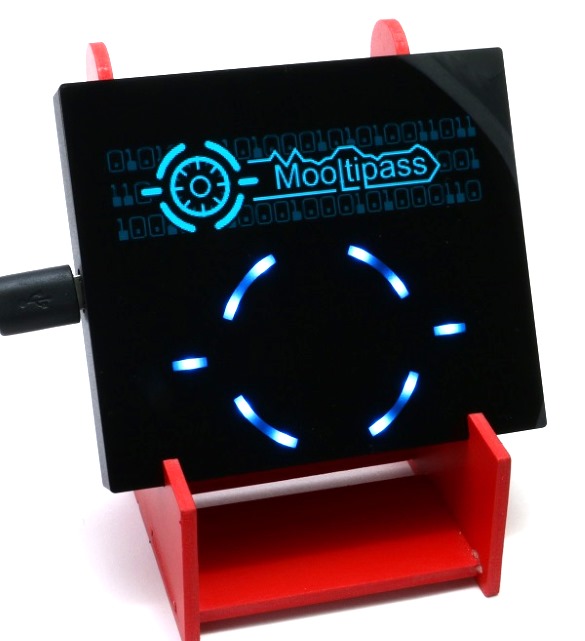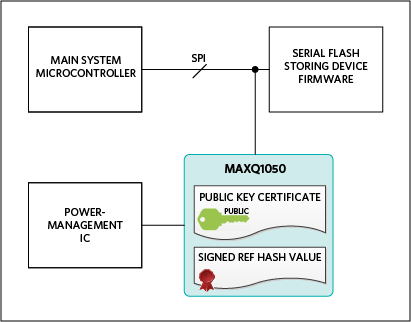Mooltipass: An offline password keeper

In today’s digital world, password management has become an indispensable and challenging part of our lives. No matter is it our online banking, social media, email, restaurant, utilities, or remote server account, every web-interaction these days requires you to create a strong, non-repetitive, and frequently-changed password to login to the system. With growing number of online accounts and their strong password policies, keeping track of the passwords is getting annoying and harder. Choosing the same password for multiple accounts puts your entire online identity at risk if that password is compromised. To address this password problem, Hackaday introduces a new piece of open-source hardware, called Mooltipass, which is a secure offline password keeper.
Mooltipass can generate and safely store strong and unique passwords for each website you use. It is a standalone USB device compatible with PCs, MACs, and smartphones, and emulates a standard USB keyboard when connected. When you visit a website and login is required, it enters your credentials with your confirmation. A personal PIN-locked smartcard is used to store the encryption key for your credentials, thus making sure that only you can get access to them. Last but not least, the Mooltipass offline password keeper also contains plugin headers to incorporate standard Arduino shields to further expand its capabilities.
To get Mooltipass into mass production, Hackaday is currently running a crowd-funding campaign on Indiegogo with half of the target ($109,112) being already made in a week. Good luck to the Mooltipass team for the success of their campaign.


